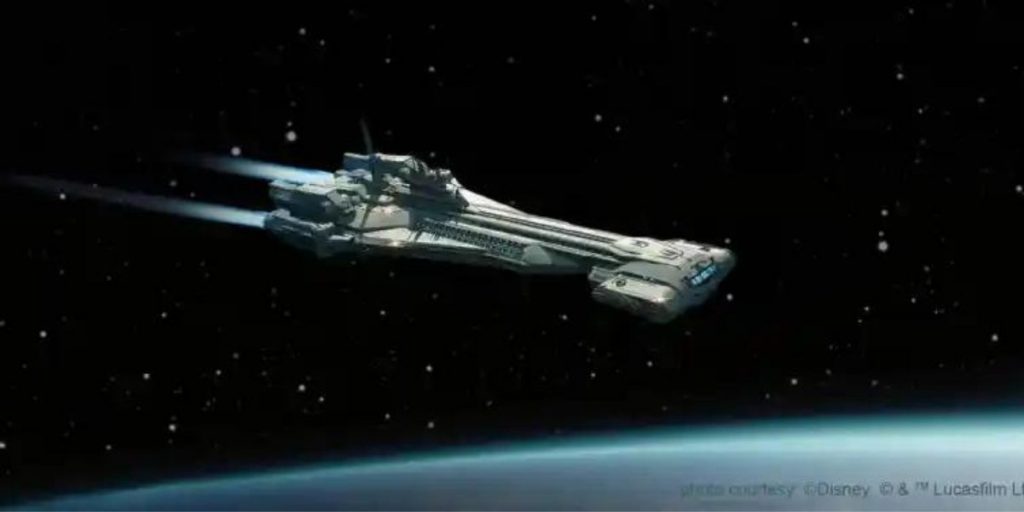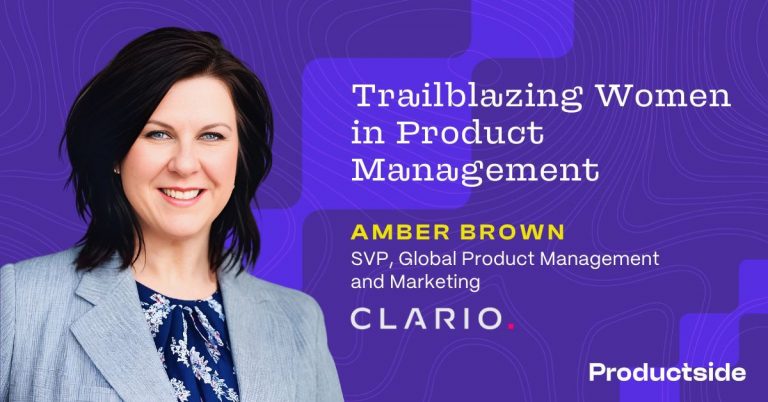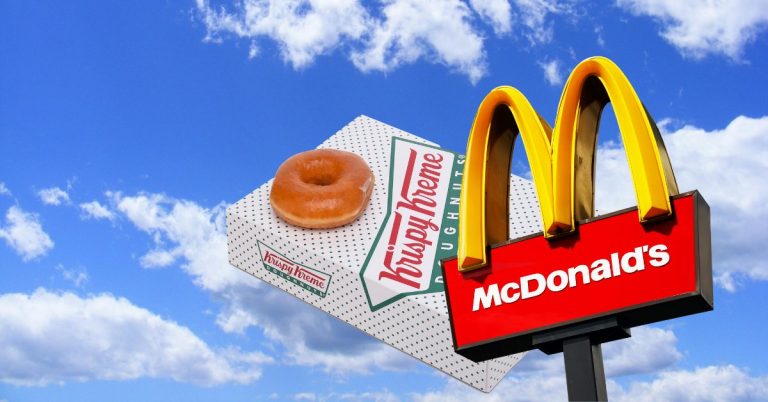
Back in 2017, Disney announced plans for a Star Wars hotel that immediately got fans buzzing. Disney promised a completely immersive experience alongside concept art that showed guests on a starship, interacting with Star Wars characters. It looked like a Star Wars fan dream come true.
Disney launched the Star Wars: Galactic Starcruiser experience in March of 2022 to great success. Travelers could choose from several adventures within the epic Star Wars story as part of their 2-night live-action/role-playing simulated journey to a galaxy far, far away. Fans were beyond excited, and the experience was sold out for months. But within a year, things turned to the dark side.
Disney had to start cancelling “voyages” and started looking for ways to fill cabins. By October of 2022 word got outthat Disney was allowing travel agents to take part in the Starcruiser experience for free, in an effort to fill cabins. Now, more than a year after the Starcruiser’s launch, Disney is offering heavily discounted prices to Disney Vacation Club members, Disney Visa cardmembers, as well as Disney World annual passholders. The once promising Anakin Skywalker was seemingly on the path to becoming Darth Vader.
Much like an imperial stormtrooper, Disney had missed the mark, and social media did not hold back:
- “I remember seeing the price and my jaw dropping. Also, they charged per person in the hotel room. For the price, I was thinking of an interactive sort of role-play or character…not worth spending. Thanks, but no thanks, Disney.”
- “…As someone currently wearing a Star Wars shirt and watching the behind-the-scenes videos from the early access launch, PRICE is a huge factor, and a limited target audience is another. I don’t have a single friend that would have done this with me. And I would only go if a benefactor paid for me.”
- “I realize now Disney didn’t make the Galactic Starcruiser for Star Wars lovers. They made it for rich people who think Star Wars is neat.”

What Did Disney Miss?
To be fair, Disney has largely been successful with the Star Wars franchise since acquiring Lucasfilm, (and in turn Star Wars), in 2012. Can anyone argue the success of Grogu/Baby Yoda? So, what did Disney miss on this one?
A number of mistakes were made, but what now seems obvious is:
- The experience had an extremely high price tag – $5000 for a minimum 2-night stay for two.
- Much of the experience happens indoors. Many people go to theme parks to get outside, not be trapped in a hotel.
- For introverts, (a substantial portion of the Star Wars fanbase), the prospect of mandatory spontaneous role-play is terrifying, (or at minimum intimidating).
- Many felt the experience could have been more realistic and immersive, and it failed to live up to the expectations of both Disney and Star Wars fans.
- The promotions – especially videos sent to registered guests – were cheesy and poorly produced.
- It’s a “one time” experience, with little-to-no thought of how to encourage travelers to want to come back again.
What could Disney have done differently, and could this, surely expensive mistake, have been avoided altogether?
The Star Wars: Galactic Starcruiser’s 3 Key Mistakes
Our Product Pros did a deep dive on this topic and came away with 3 primary product management mistakes.
Key mistake #1: Starting with the Solution
Disney had a bright, shiny, new toy in Star Wars and an incredible team that has proven themselves to be incredibly capable with what they’ve built in theme parks, cruise ships, and more. But rather than starting by doing their homework, (or in product management terms, discovery), they skipped to the solution. They fell in love with what they could achieve rather than focusing on what the user wanted out of the experience, and what they would be willing to pay for.
It’s clear the Disney parks team does not understand their Star Wars audience well. They should have begun with discovery and developed a clear understanding of their audience. They would have been able to properly segment the market and develop personas that gave them a target to shoot at (and unlike a storm trooper they would have hit their mark).
Ryan Cantwell, 280 Group Principal Consultant & Trainer
Disney has since invested heavily in focus groups and surveys, attempting to discover why the Galactic Starcruiser failed to launch. Participants received $175 Disney Gift Cards for a 90-minute virtual interview – a step that Disney planners should have taken before creating the Galactic Starcruiser. If done up front, Disney would have had a better sense of the size of the target audience (Star Wars fans with large wallets), and what would be necessary to keep Starcruiser voyagers coming back.
Key mistake #2: Love at First Sight
Disney needed to test their assumptions. Is the Galactic Starcruiser a cruise? Is it a hotel? A park attraction? Is it a theater experience? What does your target audience want from this experience? Disney assumed that people would buy it because it’s Star Wars, and that was a bad assumption to make.
Once they understand their audience, they need to use design thinking principles to properly ideate and test solution ideas for product market fit. This could have been easily avoided by testing key assumptions with their large network of park visitors, cruise goers, and resort guests.
Validating solution ideas would have helped them maximize value for their target audience, position this product properly in their portfolio, and develop a cohesive product strategy.
Ryan Cantwell, 280 Group Principal Consultant & Trainer
Had Disney tested their assumptions they would have found out what works with their target audience, and what doesn’t. They would have been able to focus on what the audience wants and is willing to pay for.
Key mistake #3: Just Because You Can Doesn’t Mean You Should
It seems Disney went into making this experience without any clear business goal. It reminds me of a business owner I knew a few years back who told me he wanted an app for his business. When I asked him what the app would do his response was simply, “I don’t know, I just want one.” ChatGPT is another great example of this. Business leaders are looking for ways to use ChatGPT, without asking why their business should use it.
Not having a clear business goal causes a breakdown of Death Star destruction proportions. This causes situations where developers develop what they think is “cool” rather than what users find value in. By aligning with business goals, the team would have focus. Disney should have been asking questions like – Do they want to increase park attendance? Attract a new demographic to Disney parks? Increase resort profitability? These business goals would have allowed the product manager to build a winning product strategy for the Galactic Starcruiser experience. Without a product strategy how do they know what value customers want (key mistake #1)? Without knowing what customers value, how do the developers know what features to develop, (key mistake #2)?
Ryan Cantwell, 280 Group Principal Consultant & Trainer
Disney should have asked the question, “why do we need this cool new product?” What would the product help the business achieve? Disney needed to align the outcome for the Starcruiser with the larger business outcomes. If the goal is to increase theme park attendance than you need the Starcruiser to pull in a larger portion of Star Wars fans than the theme parks were bringing in on their own. Now, what do you build that accomplish that? What features can you offer?
Disney took the inverse approach by starting with the features. In reality, that becomes a “field of dreams” approach to product management. You build it in hopes that the buyers will come.
Conclusion
Will the Star Wars: Galactic Starcruiser get lost in hyperspace or will it find its way to success? Nothing is certain right now, but there are ways for Disney to “right the ship.” In the meantime, the Starcruiser’s lack of success is only hurting Disney’s bottom line.
If you’re looking for ways to build the right product for your target audience, 280 Group can help. Our Product Management courses show how to build the right product from the start, and ways to get back on track when you’ve missed the mark.
If you want more help understanding your customers, 280 Group’s Optimal Product Management course is the best way to learn how to avoid a failed product launch and build and introduce products that matter more. You can also create the skills you need to become a Certified Product Manager™ or Product Marketing Manager™. Sign up today!
Want an even more in-depth look at what happened with the Star Wars: Galactic Starcruiser experience? Watch our on-demand webinar as our Product Pro’s, Todd Blaquiere, Ryan Cantwell, and Roger Snyder break down what Disney missed as they take a look “Behind the Product.”


